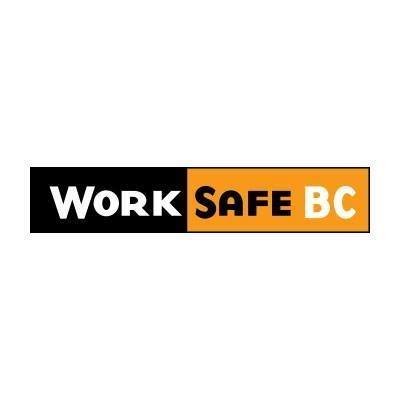Last year, more than 4,000 workers were injured from falls from elevation
Richmond, B.C. — WorkSafeBC is reminding employers and workers of the risks associated with falls at work.
WorkSafeBC cautions that nearly every worksite has the potential for a fall, whether it’s from a roof, short ladder, medium-sized truck or a tall scaffold. Falls usually result from a combination of hazards, including working at heights without fall protection; not following safe-work procedures; slippery surfaces; and overexertion.
In 2021, WorkSafeBC accepted 4,050 claims related to injuries caused by falls from elevation. These types of falls are more likely to occur in construction, manufacturing, and forestry industries. For example, last year, there were 497 serious injuries and 6 fatalities in the construction sector from falls.
“Falls from elevation can cause serious, life-altering injuries, and even death,” says Suzana Prpic, Senior Manager of Prevention Field Services at WorkSafeBC. “Many of these falls can be prevented by fall protection planning and proper and consistent use of fall protection equipment.”
As spring approaches, and outdoor construction work increases, WorkSafeBC is reminding employers that the Occupational Health and Safety Regulation requires workers to use fall protection systems when a fall from 3 metres or more could occur, or where a fall from a lesser height could result in injury.
Slips, trips, and falls: the human and business costs
Of all workplace injury claims in B.C., 20 percent of them are related to slips, trips, and falls.
Injuries from falls can include sprains, bruises, concussions, fractures, and even burns and cuts. Further, across all sectors, slips, trips and falls are the costliest workplace incidents — and some of the biggest causes of general productivity loss. Pain and suffering, disability, stress, and even a loss or change of employment can result.
These same injuries cost B.C. businesses more than 260,000 lost workdays and more than $206 million in workers’ compensation payments.
“Workplace injuries can happen in an instant and without warning. That’s why employers must ensure they take preventative steps to reduce or eliminate the risks of slips, trips and falls at work,” says Prpic.
Resources
WorkSafeBC’s fall protection hierarchy must be used when choosing methods to eliminate or control fall hazards. Employers are responsible for identifying and assessing the hazards at their workplace and implementing risk controls.
WorkSafeBC also has the following resources available for employers:
- Falls from elevation
- New resources help construction employers create fall protection plans specific to their worksites
- Slips, trips & falls
About WorkSafeBC
WorkSafeBC engages workers and employers to prevent injury, disease, and disability in B.C. When work-related injuries or diseases occur, WorkSafeBC provides compensation and support to people in their recovery, rehabilitation, and safe return to work. We serve approximately 2.3 million workers and 255,000 employers across B.C.
For more information, contact:
Media Relations, WorkSafeBC
Email: media@worksafebc.com
Tel: 604.276.5157
Source: WorkSafeBC


